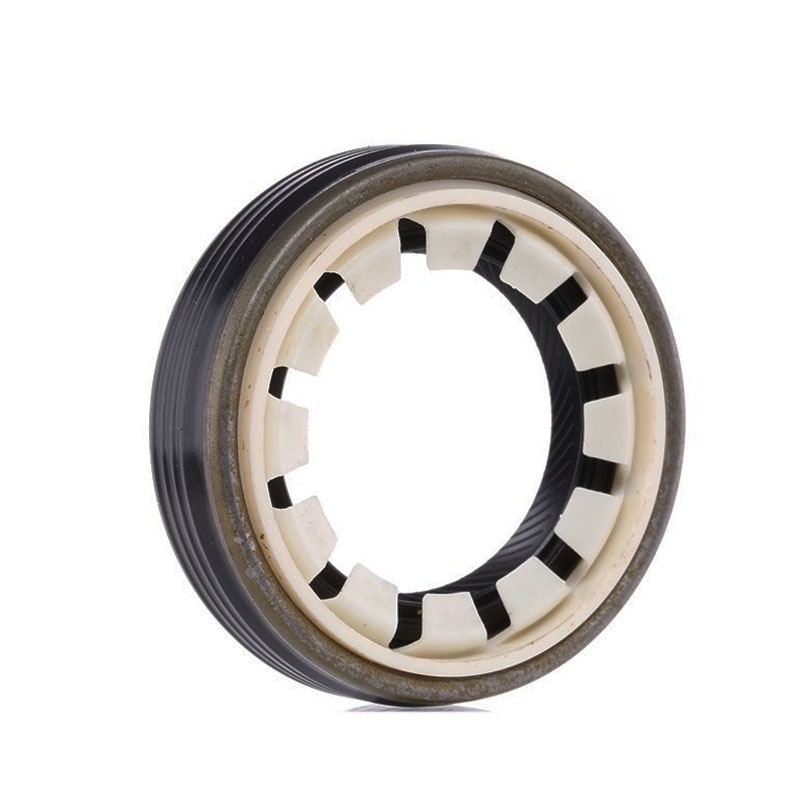Understanding the Function and Replacement of Automatic Transmission Output Shaft Seals
Understanding the Automatic Transmission Output Shaft Seal
Automatic transmissions are intricate components of modern vehicles, playing a crucial role in delivering power from the engine to the wheels. One of the less visible, yet equally significant parts within an automatic transmission is the output shaft seal. This small but essential component helps ensure the proper functioning of the transmission by preventing fluid leaks and maintaining pressure within the system. In this article, we will explore the purpose, function, symptoms of failure, and replacement considerations associated with the output shaft seal.
Function of the Output Shaft Seal
The output shaft seal primarily serves two purposes. First, it acts as a barrier to prevent transmission fluid from leaking out of the transmission case. Transmission fluid is vital for lubricating the moving parts of the transmission, cooling the components, and enabling smooth gear shifts. A leak could lead to a drop in fluid levels, resulting in insufficient lubrication and potential damage to the transmission.
Second, the output shaft seal helps maintain the correct pressure within the transmission system. A properly sealed transmission allows for efficient operation and ensures that the fluid circulates as intended. This aids in the optimal functioning of the transmission, ensuring that shifts occur smoothly and without hesitation.
Symptoms of a Failing Output Shaft Seal
A failing output shaft seal can manifest in several ways. One of the most common signs of a faulty seal is the presence of transmission fluid leaks underneath the vehicle. If you notice red or brown fluid pooling beneath the car, it may indicate a problem with the output shaft seal.
Another symptom to watch for is unusual behavior during gear changes. If the transmission slips or hesitates while shifting, it could be due to compromised pressure levels caused by a failing seal. Additionally, if you hear unusual grinding or whining noises coming from the transmission, this may be a signal that the seal is failing and that internal components are not receiving adequate lubrication.
automatic transmission output shaft seal

Causes of Seal Failure
Several factors can contribute to the degradation of an output shaft seal. Over time, exposure to heat, friction, and pressure can cause the seal material to wear down. Additionally, using the wrong type of transmission fluid or failing to maintain proper fluid levels can lead to premature seal failure. Environmental factors, such as exposure to road grime and debris, can also play a role in sealing issues.
Replacement Considerations
When it comes to replacing an output shaft seal, it is crucial to take the appropriate steps to ensure a successful repair. First, it is advisable to consult the vehicle's service manual to determine the specific type of seal required for your transmission. Using the correct seal will help maintain the integrity of the transmission system.
The replacement process typically involves removing the driveshaft or axle, which can require specialized tools and knowledge. If you're not comfortable performing this task, it is best to seek the assistance of a qualified mechanic. Not only do they have the necessary skills, but they’ll also be able to assess any additional issues that may arise during the replacement process.
Conclusion
The output shaft seal is a pivotal component in automatic transmissions, contributing to the overall performance and longevity of the vehicle. Understanding its functions, symptoms of failure, and replacement considerations can help drivers maintain their vehicles in optimal condition. Regular maintenance and prompt attention to any signs of leakage or transmission issues can prevent costly repairs and ensure a smooth driving experience. If you suspect an issue with your vehicle’s output shaft seal, don’t hesitate to consult a professional to keep your automatic transmission running smoothly for years to come.
-
Understanding the Front Main Engine Seal: Purpose, Maintenance, and Installation
News Jul.29,2025
-
Understanding O-Rings and Seal Rings: Types, Applications, and Custom Solutions
News Jul.29,2025
-
Understanding Crankshaft Oil Seals: Rear Seals, Pulley Seals, and Their Role in Engine Integrity
News Jul.29,2025
-
The Importance of Front and Rear Crankshaft Seals in Engine Performance and Oil Management
News Jul.29,2025
-
Crank Oil Seals: Functions, Types, and Cost Considerations in Engine Maintenance
News Jul.29,2025
-
A Comprehensive Guide to O-Rings and Seals: Types, Materials, and Global Applications
News Jul.29,2025
-
Mastering Diesel and Performance Engine Maintenance: A Guide to Critical Oil Gaskets
News Jul.28,2025
Products categories















